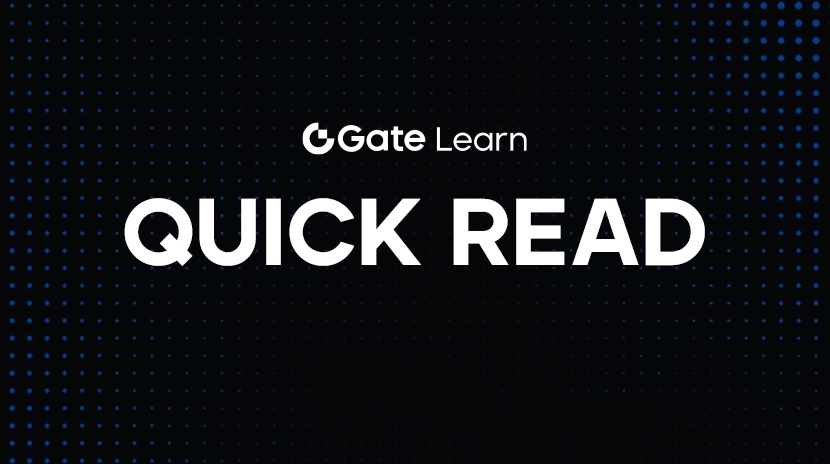Kadena (KDA) 加密货币:2025 年价格预测,区块链特性和投资展望
KDA(KDA)在区块链领域引起了关注,因为它在可伸缩性、安全性和智能合约开发方面采取了创新方法。展望2025年,了解Kadena的独特特点和市场潜力对投资者和开发人员都至关重要。
Kadena是什么?
Kadena是一种下一代Layer-1区块链平台,旨在克服比特币和以太坊等传统区块链的局限性。它由前摩根大通区块链开发者Stuart Popejoy和Will Martino于2016年共同创立,旨在提供企业级可伸缩性、安全性和可用性,而不会牺牲去中心化。
与许多由于单链限制而难以扩展的区块链不同,Kadena 使用一种称为 Chainweb 的独特多链编织架构,该架构可实现高吞吐量和低延迟,同时通过工作量证明 (PoW) 共识保持强大的安全性。这项创新使 Kadena 能够在 20 条并行链上每秒处理超过 480,000 笔交易 (TPS),使其成为现存最快的 PoW 网络之一。
KDA的关键特点包括:
无需分片的高可伸缩性:Kadena可以通过简单地向其网络添加更多编织链来实现水平扩展,而无需牺牲性能或去中心化。
企业集成:Kadena的混合架构包括一个名为Kuro(前身为ScalableBFT)的私有链组件,专为需要高速和私密区块链解决方案的企业量身定制。
能效:尽管使用 PoW 机制,Kadena 已经被设计为比比特币更节能,这要归功于其并行链设计,可以最大程度地减少冗余的挖矿工作。
通过Pact支持智能合约:Kadena提供Pact,这是一种强大的智能合约语言,注重安全性、形式验证和易用性(更多内容请参阅下一部分)。
KDA代币推动Kadena生态系统。它用于支付交易费用,激励矿工,并与智能合约互动。Kadena还支持dApps的加油站模型,使开发人员能够赞助用户的油费,从而消除用户入门的主要摩擦点。
Kadena定位自己为一个平台,在这里,企业和开发人员可以在安全、可扩展且开发人员友好的区块链基础设施上构建从DeFi和NFT到供应链解决方案和保险系统等真实世界应用。
KDA的区块链架构
Kadena的区块链架构是一种开创性的解决方案,通过其Chainweb和Kuro的创新组合,解决了区块链三难题——平衡可扩展性、安全性和去中心化。
Chainweb: 通过并行链实现可扩展的工作证明
Kadena架构的核心是Chainweb,这是一个Layer-1公共区块链,通过运行多个并行链来增强传统的工作量证明(PoW)共识机制。与比特币的单链结构不同,Chainweb由20个相互连接的链运行,每个链能够独立处理交易,同时保持整体网络安全。
这种多链方法使Kadena能够实现高吞吐量,网络能够处理高达480,000笔每秒的交易(TPS)。并行链被“编织”在一起,意味着它们共享信息并验证彼此的区块,增强安全性并实现无缝可扩展性。
此外,Kadena还将以太坊虚拟机(EVM)兼容性引入Chainweb,使开发人员能够在其平台上部署基于Solidity的智能合约。该集成有助于将现有的以太坊应用迁移到Kadena,利用其可扩展性和低交易费用。
Kuro: 企业高性能Layer-2
在Chainweb的补充是Kuro,Kadena的Layer-2私人区块链,专为需要高吞吐量和隐私的企业应用而设计。Kuro采用拜占庭容错(BFT)共识机制,并在500个节点上支持高达8,000TPS。
Kuro与Chainweb无缝集成,使企业能够执行私人交易,同时受益于公共网络的安全性。这种混合模式允许灵活部署既需要公共透明度又需要私人机密性的应用程序。
此外,Kadena的“加油站”功能使企业能够为其用户补贴交易费用,促进更顺畅的入门流程,提升用户体验。
Kadena的双层架构,将可扩展的Chainweb与面向企业的Kuro相结合,为寻求安全、可扩展和多功能区块链平台的开发人员和企业提供了强大的解决方案。
Kadena的智能合约语言: Pact
Pact是Kadena的开源、图灵不完全的智能合约语言。它旨在安全、易读且易于使用,解决了其他智能合约语言(如Solidity)中常见的漏洞。
Pact的主要特点包括:
可读性强的代码: Pact合约直接存储在区块链上,以便开发人员和审计人员轻松阅读和验证。
正式验证:Pact支持正式验证,使开发人员能够在数学上证明智能合约的正确性,降低错误和漏洞的风险。
Pact包含零知识证明的原语,增强隐私并实现复杂的加密操作。
KDA(KDA)2025年价格预测
截至2025年4月24日,Kadena(KDA)的交易价格约为0.52美元。分析师对KDA在2025年底的价格预测各不相同,反映了对市场趋势、技术发展和更广泛经济因素的不同看法。
保守估计
Changelly预测,KDA将在2025年保持稳定的价格约为0.6350美元,波动很小。
CoinCodex预测KDA在2025年的交易范围为0.46514美元至0.795169美元,暗示潜在增长达66.12%。
中等到看涨的预测
DigitalCoinPrice预计,到2025年,KDA的价格将在$0.47和$1.14之间波动,平均价格为$1.04。
Ambcrypto预测,到2025年底,KDA的价格可能会达到0.73美元至1.1美元之间。
高度乐观的预测
- CoinLore提供了一个显著看涨的展望,预测KDA在2025年底达到34.19美元的最高价格。
2025价格预测摘要

这些预测反映了对KDA在2025年表现的广泛期望。投资者在评估在Kadena潜在投资时,应该将这些预测与他们自己的研究和风险承受能力结合起来考虑。
Kadena的市场表现和历史数据

图片来源:https://www.Gate.com/trade/KDA_USDT
截至2025年4月24日,Kadena(KDA)的交易价格约为0.52美元,比过去24小时上涨了4.85%。 这标志着一次显着的反弹,该代币在过去7天内价格上涨了32.70%,表现优异,超过了全球加密货币市场和类似的智能合约平台加密货币。
KDA在2021年11月11日达到了28.25美元的历史最高价。从那时起,代币价格大幅下跌,目前约比最高价低98.1%。
Kadena目前的市值约为1.6438亿美元,流通供应量为3.1358亿KDA。过去一周,交易量在660万美元和1710万美元之间波动,表明市场活动水平不断变化。
展望未来,分析师们对Kadena在2025年的价格提供了各种预测。例如,CoinCodex预测KDA的交易价格可能在0.45767美元和0.772678美元之间波动,年化平均价格为0.542726美元,表明相比当前汇率,潜在投资回报率为47.76%。
这些预测受多种因素影响,包括Kadena独特的区块链架构、其智能合约语言Pact的采用以及更广泛的市场趋势。投资者在评估Kadena作为其加密货币投资组合的潜力时应考虑这些因素。
在哪里购买和存储Kadena(KDA)
Gate.com是一个知名的加密货币交易所,提供一个无缝的平台来购买Kadena(KDA)。要在Gate.com购买KDA,请按照以下步骤进行:
- 创建一个账户:在 Gate.com 上注册Gate或者登录到您现有的账户。
- 完成KYC验证:确保您已完成了“了解您的客户”(KYC)流程,以符合监管标准。
- 存款资金:使用各种方法,如银行转账、信用卡/借记卡或P2P交易,为您的账户充值。
- 下订单:导航到KDA/USDT交易对并下达Kadena的买单。Gate.com
2025年Kadena是一个好的投资吗?
Kadena在可扩展性和安全性方面的创新方法使其成为区块链领域中一项具有前景的项目。其独特的架构,结合用户友好的Pact语言,使其对开发人员和企业很有吸引力。
然而,与任何投资一样,潜在投资者应考虑市场波动性、监管发展和技术风险。在做出投资决策之前,建议进行彻底的研究并咨询财务顾问。
未来展望:Kadena超越2025年
超越2025年,Kadena旨在扩大其生态系统,并推动在各行业的采用。分析师预测持续增长,一些估计预测KDA在2027年达到高达1.91美元。
该平台专注于可扩展性、安全性和开发者可访问性,使其在不断发展的区块链领域中具有长期成功的优势。
免责声明:本文仅供参考,不构成金融或投资建议。在投资加密货币之前,一定要进行自己的调查研究。
相关文章
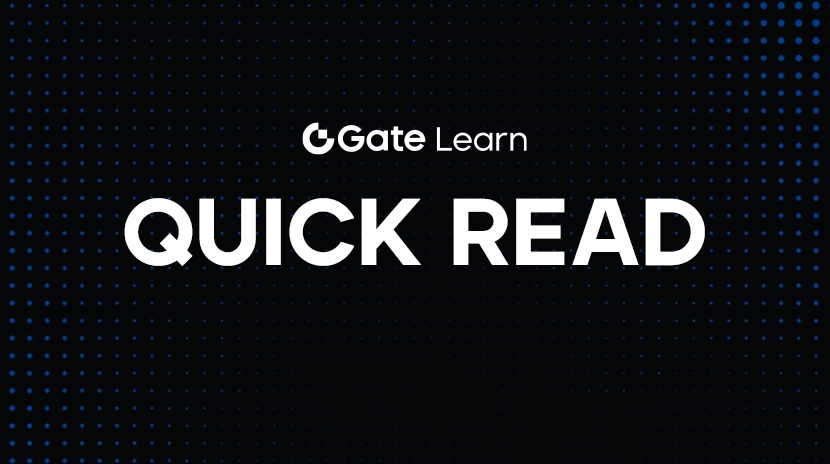
Gate BTC 挖矿:质押 BTC,轻松每日赚取链上收益
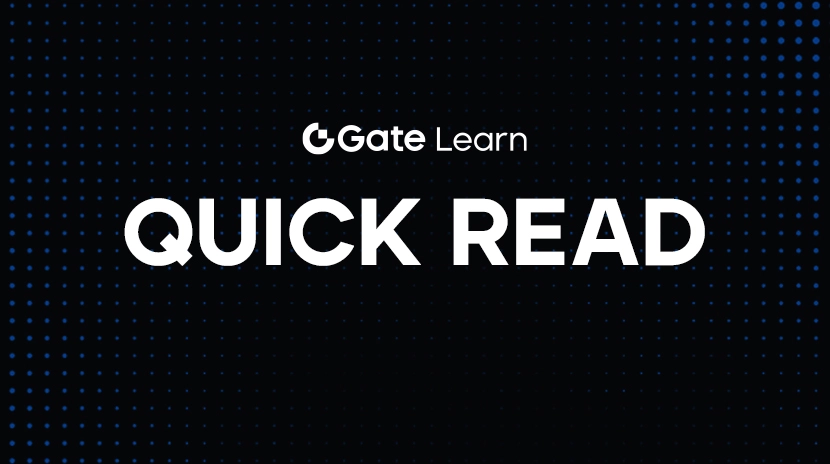
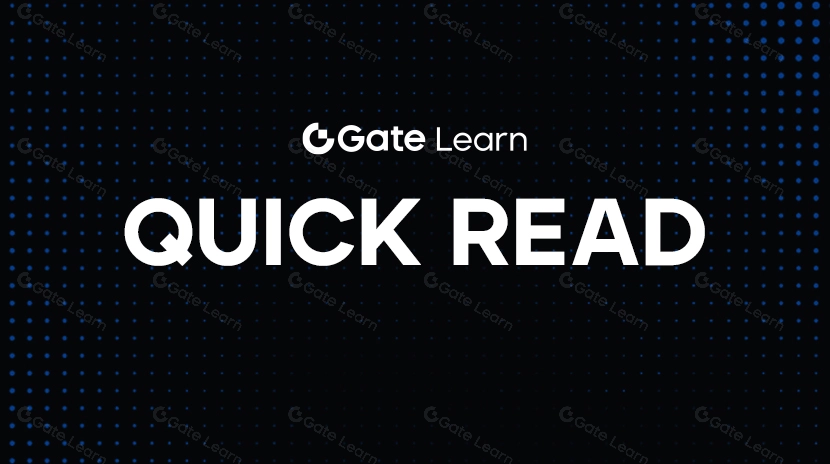
ETF 助力 Nasdaq Turns Positive in 2025:捕捉科技浪潮红利
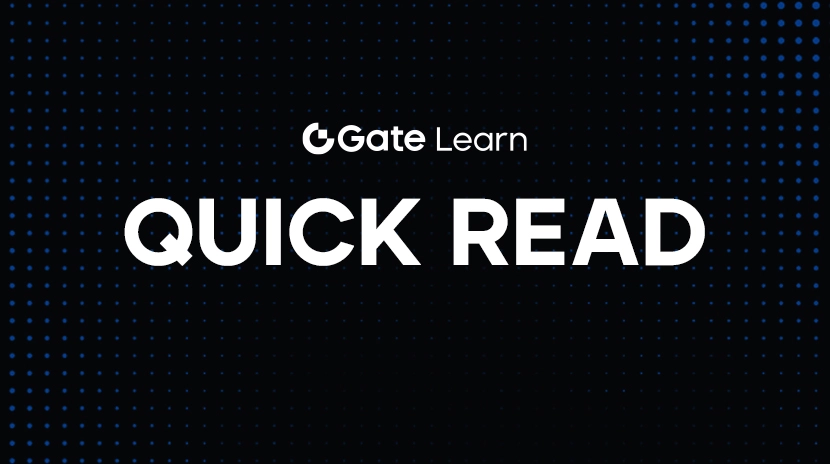
2025 年房屋税新政全面解析 — 政策变化与纳税人应对策略
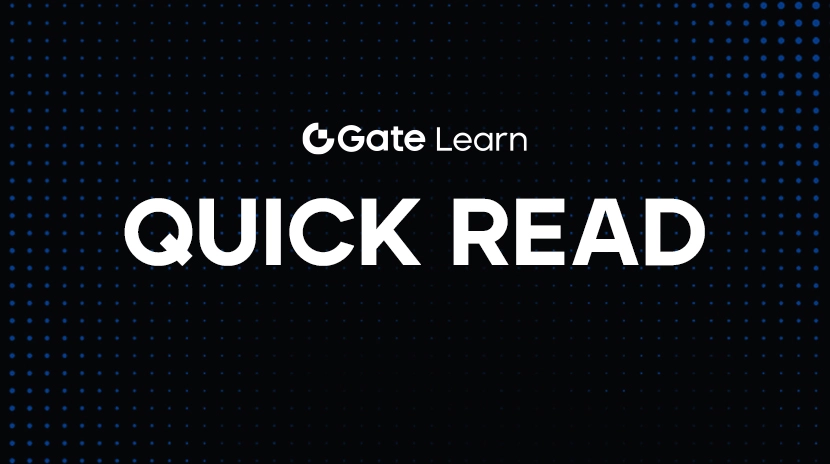
纳斯达克 100 指数最新动态与投资策略
